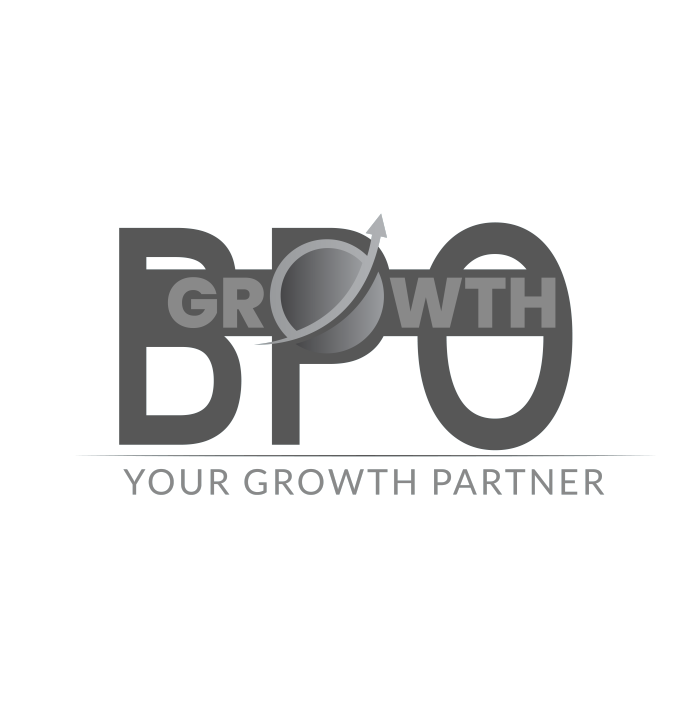Free cash flow (FCF) is a crucial financial metric that provides a clear picture of a company’s financial health and operational efficiency. Unlike earnings, which can be influenced by accounting practices, free cash flow offers a transparent view of the actual cash generated by the business. This article will guide you through the essentials of free cash flow, its key components, and the top three KPIs used to measure it.
What is Free Cash Flow?
Free cash flow represents the cash a company generates after accounting for cash outflows to support operations and maintain its capital assets. It is a vital indicator of a company’s financial performance and its ability to generate sufficient cash to fund operations, pay dividends, reduce debt, and pursue growth opportunities.
Key Components of Free Cash Flow
To understand free cash flow, it’s important to break down its components:
1. Net Income
– The starting point for calculating free cash flow. Net income is the profit a company earns after all expenses, taxes, and costs have been deducted from total revenue.
2. Non-Cash Expenses
–Depreciation/Amortization: These are non-cash charges that reflect the reduction in value of a company’s tangible and intangible assets over time.
–Stock-Based Compensation: Expenses related to compensating employees with stock options or shares, which do not impact the company’s cash reserves.
3. Changes in Working Capital
– Working capital adjustments are crucial for calculating cash flow from operations. These changes include:
–Δ in Accounts Receivable: The difference in the amount owed by customers over a period.
–Δ in Accounts Payable: The change in the company’s obligations to pay suppliers.
–Δ in Inventory: Variations in the value of a company’s inventory.
–Δ in Unearned Revenue: Adjustments in revenue received before the delivery of goods or services.
4. Cash from Operations
– This is the net cash generated from a company’s regular business operations, calculated by adjusting net income for non-cash expenses and changes in working capital.
5. Capital Expenditures (Capex)
– These are the funds used by a company to acquire, upgrade, and maintain physical assets such as property, industrial buildings, or equipment. Capex is subtracted from cash from operations to determine free cash flow.
Calculating Free Cash Flow
The formula for calculating free cash flow is:
Free Cash Flow = Cash from Operations – Capex
Top 3 Free Cash Flow KPIs
To effectively measure and evaluate free cash flow, consider the following key performance indicators (KPIs):
1. Free Cash Flow per Share
– This KPI measures the amount of free cash flow allocated to each outstanding share of a company’s stock. It provides insight into the company’s ability to generate cash on a per-share basis.
2. FCF Yield
– Free Cash Flow Yield is calculated by dividing free cash flow by the company’s market capitalization. It is a useful metric for comparing the relative value of different companies, indicating how much cash a company is generating relative to its stock price.
3. FCF Conversion
– This KPI shows the percentage of net income that is converted into free cash flow. A higher conversion rate indicates a company’s efficiency in translating its earnings into actual cash flow.
The Importance of Free Cash Flow
Understanding free cash flow is essential for investors, analysts, and company management. It provides a clear picture of a company’s financial flexibility, its ability to fund future growth, and its potential to return value to shareholders. Remember, while earnings can be subject to accounting interpretations, free cash flow is a tangible measure of a company’s financial health.
Partner with GrowthBPO for Strategic Financial Leadership
At GrowthBPO, we understand the pivotal role that free cash flow plays in driving business success. Our team has extensive experience tailoring financial solutions for clients across the globe. Our fractional CFO services offer the strategic expertise you need to elevate your financial leadership. By partnering with us, you gain access to experienced financial professionals who can provide insights, optimize processes, and support your strategic initiatives.
GrowthBPO’s proven track record includes numerous success stories where we have helped clients enhance their free cash flow and overall financial performance. Whether it’s streamlining financial reporting, optimizing cost control, or developing key performance metrics, our team is equipped to add significant value to your business operations.
Conclusion
By focusing on free cash flow, companies can ensure they maintain robust financial health, support sustainable growth, and enhance shareholder value. Partnering with GrowthBPO means accessing a team of experts dedicated to your financial success.
For more insights into the role of free cash flow and to read success stories, contact us
Empower your business with the strategic expertise of GrowthBPO, where our dedicated team can tailor financial solutions to meet your specific needs and drive your success.

